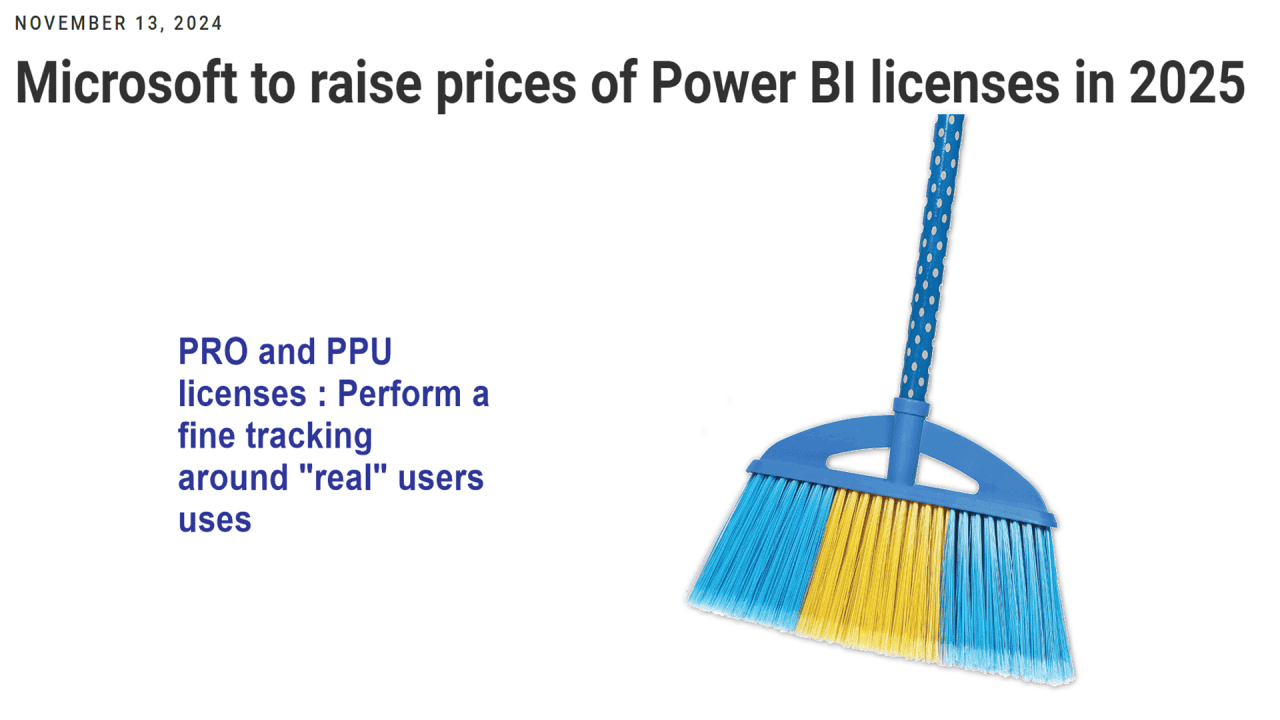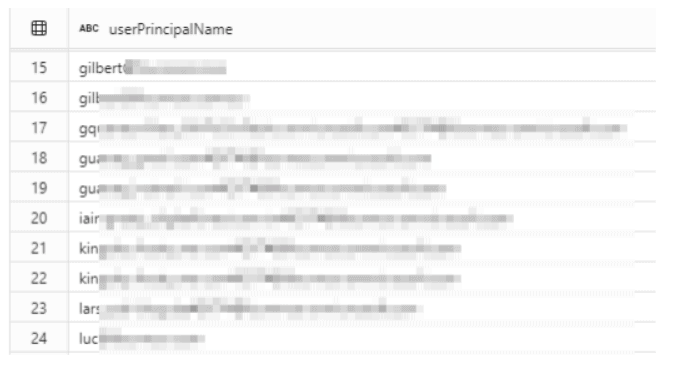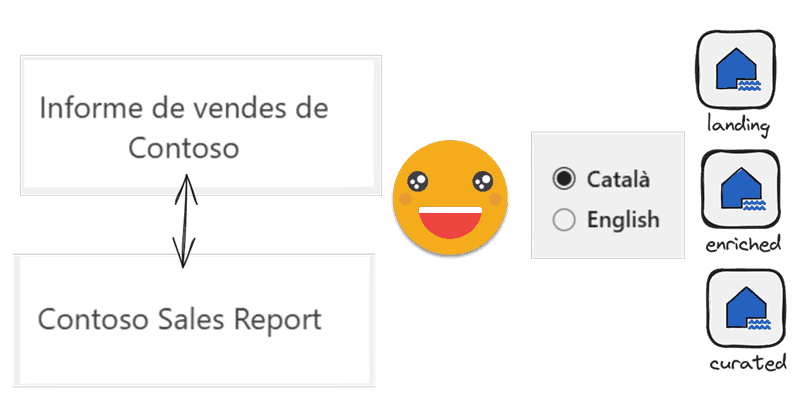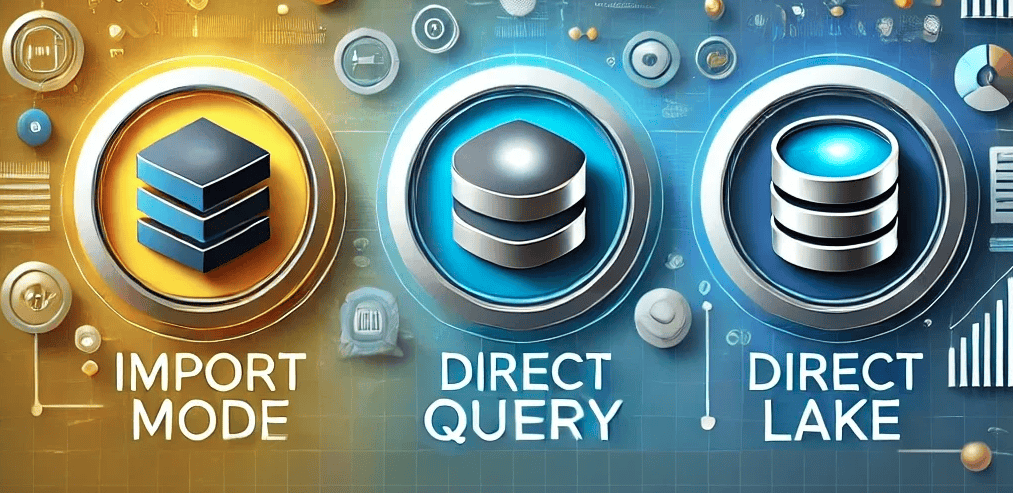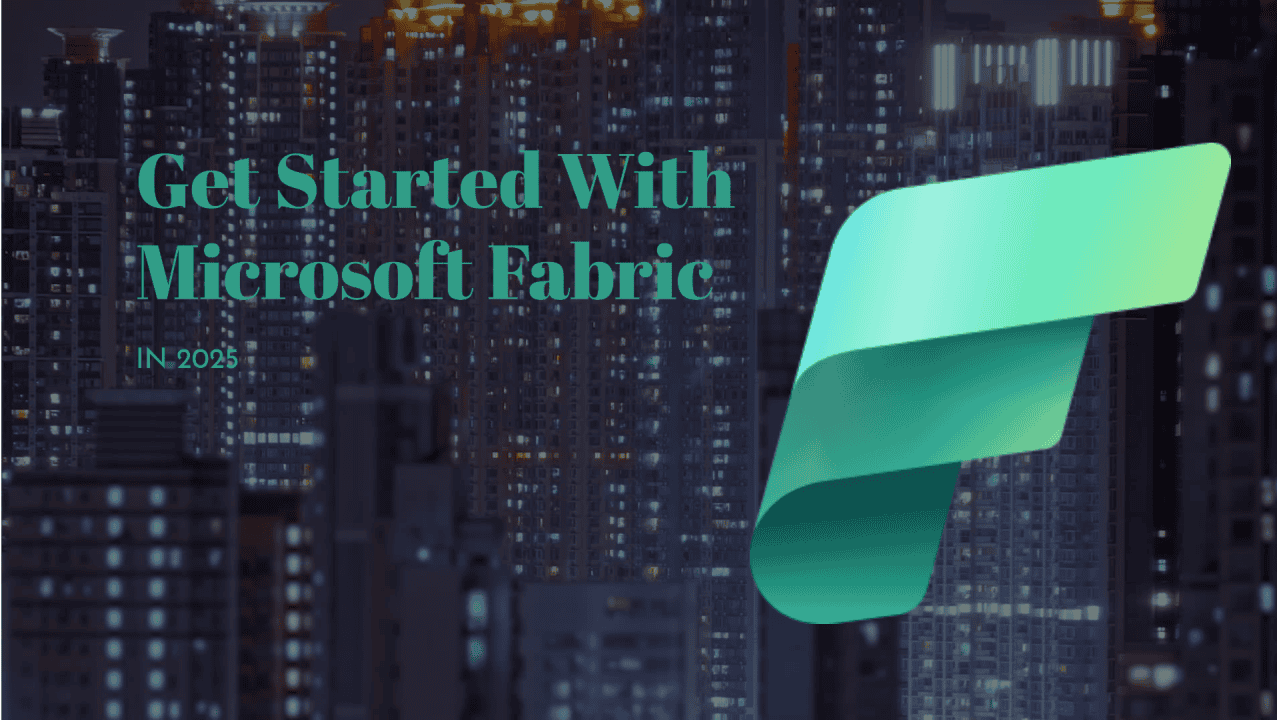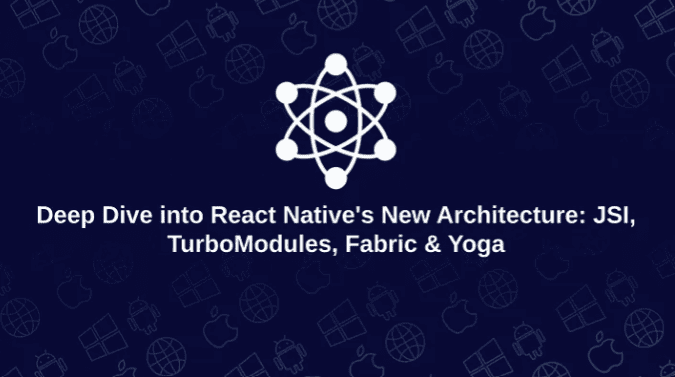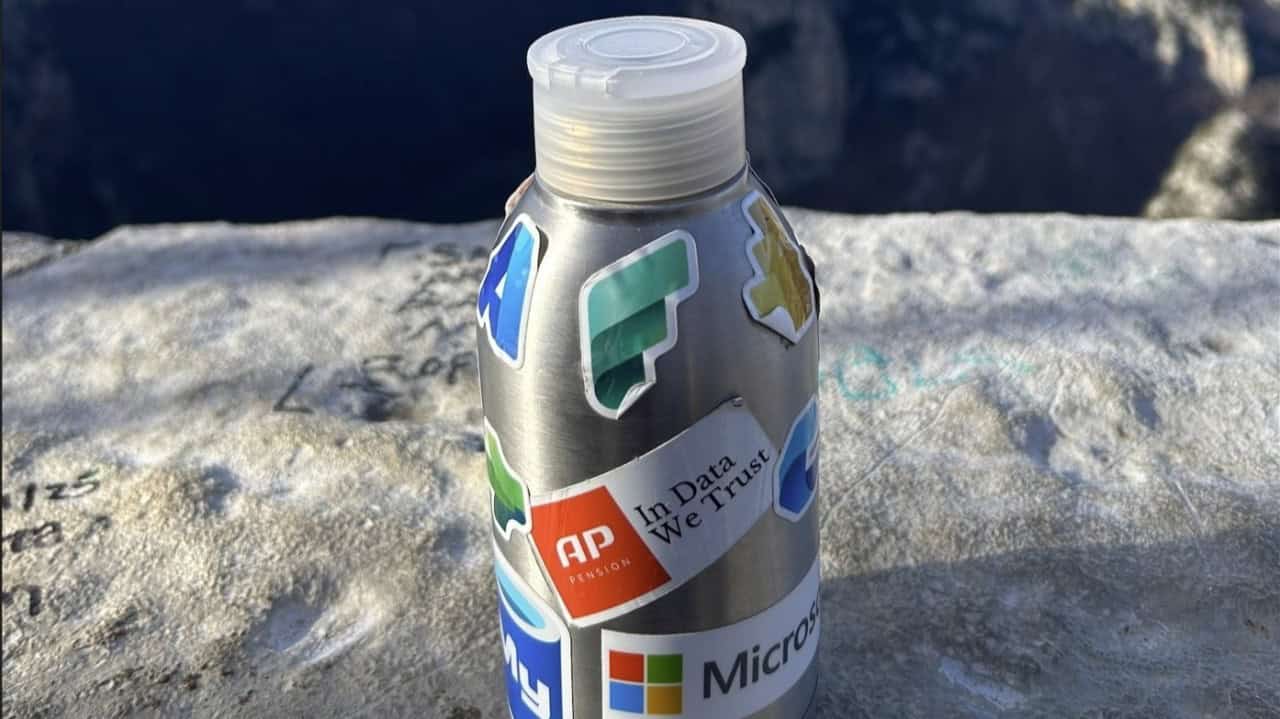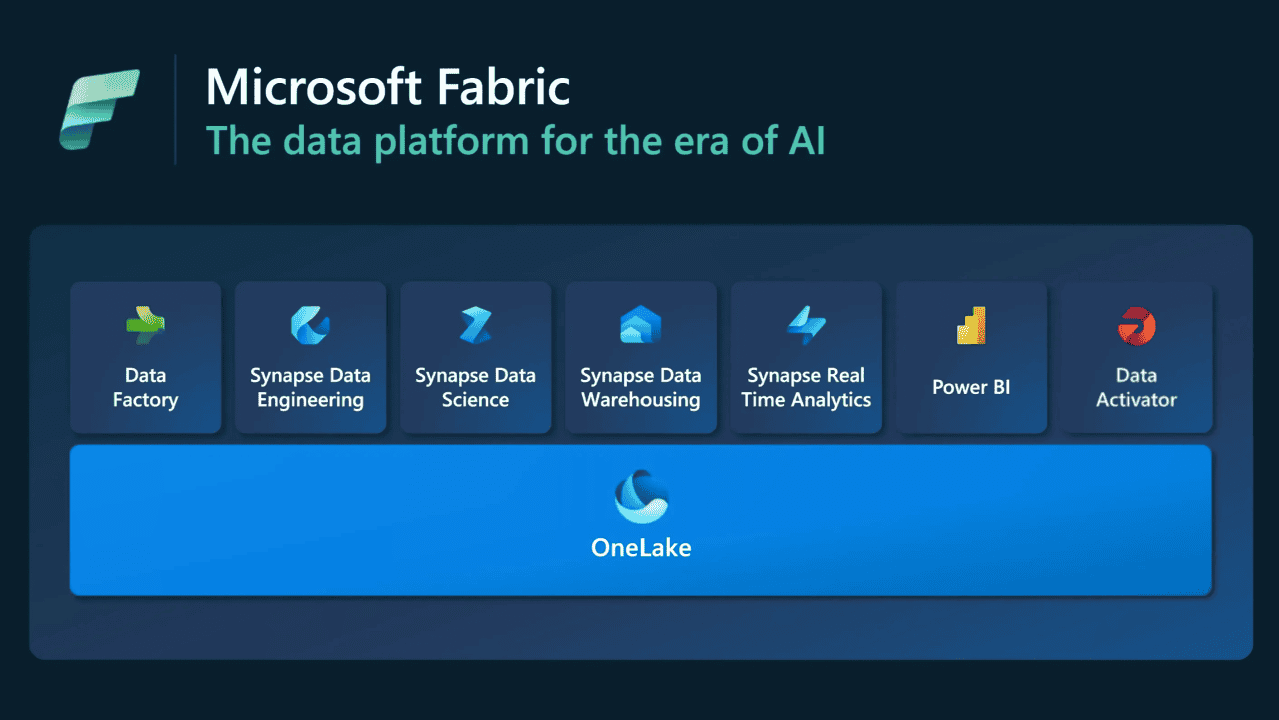
Performance optimization with native execution engine for Fabric Spark
Blog PostsContext Microsoft announced in May 2024 the native execution engine for Fabric Spark to improve the performance of workloads in Spark. During Power BI / Fabric Summit 2025 I watched a great session on the topic with Ankita Victor and Estera Kot and decided to try it myself. It is important noting that this feature… READ MORE
